Guia de viagem Lisboa

Vamos conhecer Lisboa?
Lisboa é a capital e maior cidade de Portugal, com uma população estimada de 552.700 habitantes dentro dos seus limites administrativos numa área de 100,05 km2. A área urbana ultrapassa os limites administrativos com uma população de 3 milhões de pessoas, sendo a 9ª maior área urbana da União Europeia.
Foi fundada pelos romanos que a chamavam de “Olissipo” e a ocuparam até 1095 d.C, quando foram expulsos pelos mouros muçulmanos do norte da África. Tornou-se um reino independente sob D. Afonso I em 1147.
No entanto, a cidade tem uma rica história e cultura, que pode ser vista em seus diversos museus, galerias, igrejas e monumentos. Lisboa abriga várias universidades e faculdades que oferecem cursos em várias áreas, incluindo engenharia, administração de empresas e medicina.
Lisboa tem um clima temperado com invernos amenos e verões quentes, uma vez que sua temperatura média varia de 18-20°C (64-68°F) durante os meses de verão a 8-12°C (46-54°F) durante os meses de inverno.
Quais são os pontos turísticos de Lisboa?
Lisboa tem uma história que remonta ao Império Romano, quando foi fundada como uma espécie de posto comercial de mercadorias provenientes da Europa.A cidade foi governada por muitos impérios diferentes ao longo do tempo, incluindo Portugal, Espanha e França, que deixaram suas marcas na arquitetura de Lisboa, que hoje em dia contribuem para que a cidade ofereça diversas atrações interessantes para seus visitantes.
Confira a seguir, uma lista com alguns dos principais pontos turísticos em Lisboa:
1. Rio Tejo
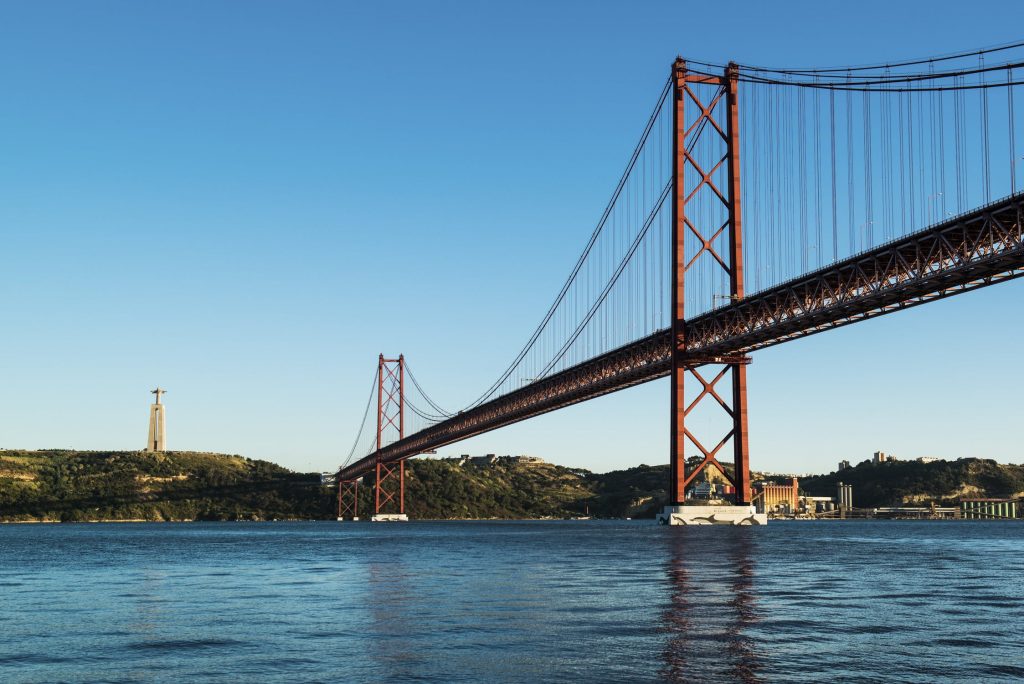
O Rio Tejo é o segundo maior rio de Portugal, e tem um papel muito importante na história de Lisboa, pois foi lá onde os romanos construíram a sua primeira povoação. O rio é um dos locais mais famosos para os turistas visitarem em Lisboa.
2. Torre de Belém
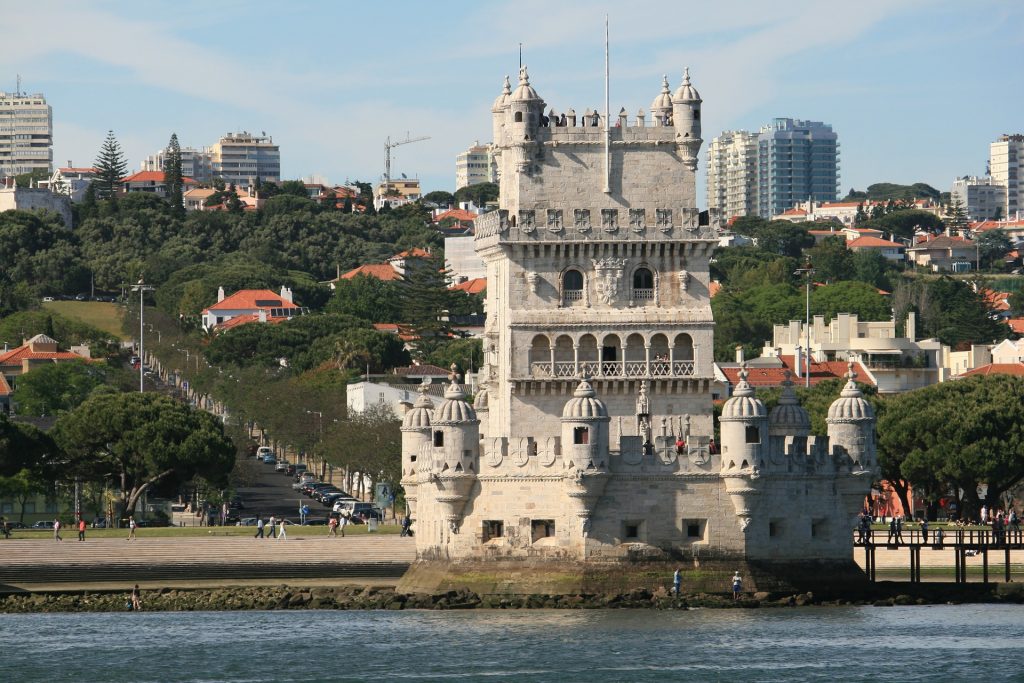
Localizada na margem direita do Rio Tejo, a Torre de Belém é um ícone da arquitetura tradicional portuguesa, no entanto, atualmente serve de museu, possibilitando milhares de turistas a conhecer mais sobre a história do país.
3. Praça do Comércio
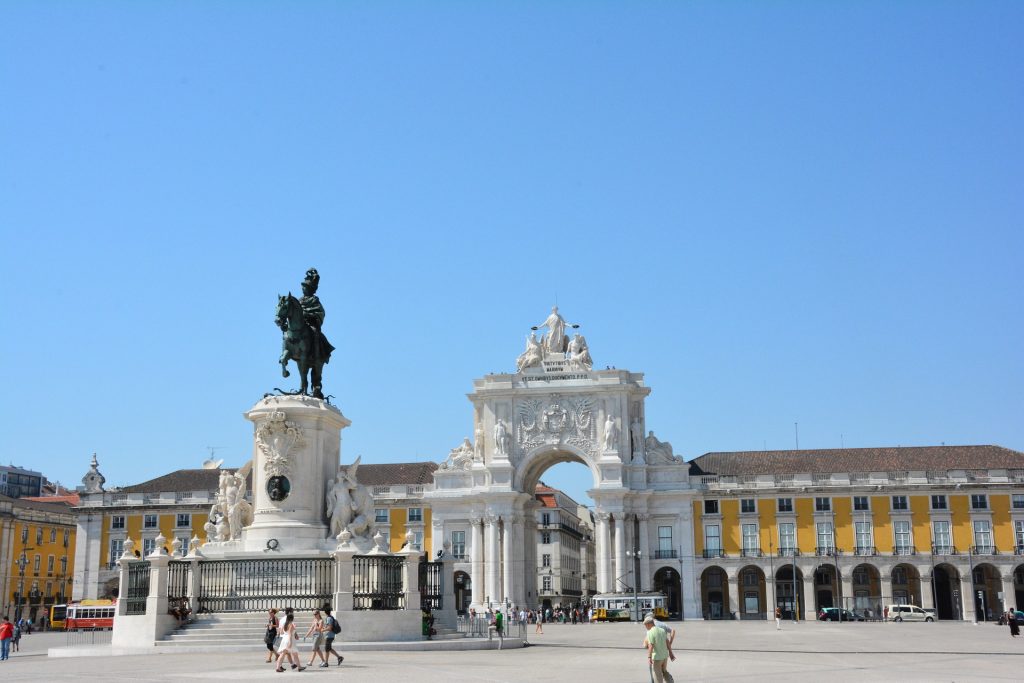
A praça foi construída em 1867 para servir de centro comercial em Lisboa, e foi originalmente chamada de Terreiro do Paço, mas foi renomeada para Praça do Comércio após a reconstrução de sua fachada, que ocorreu em 1892.
4. Castelo de São Jorge
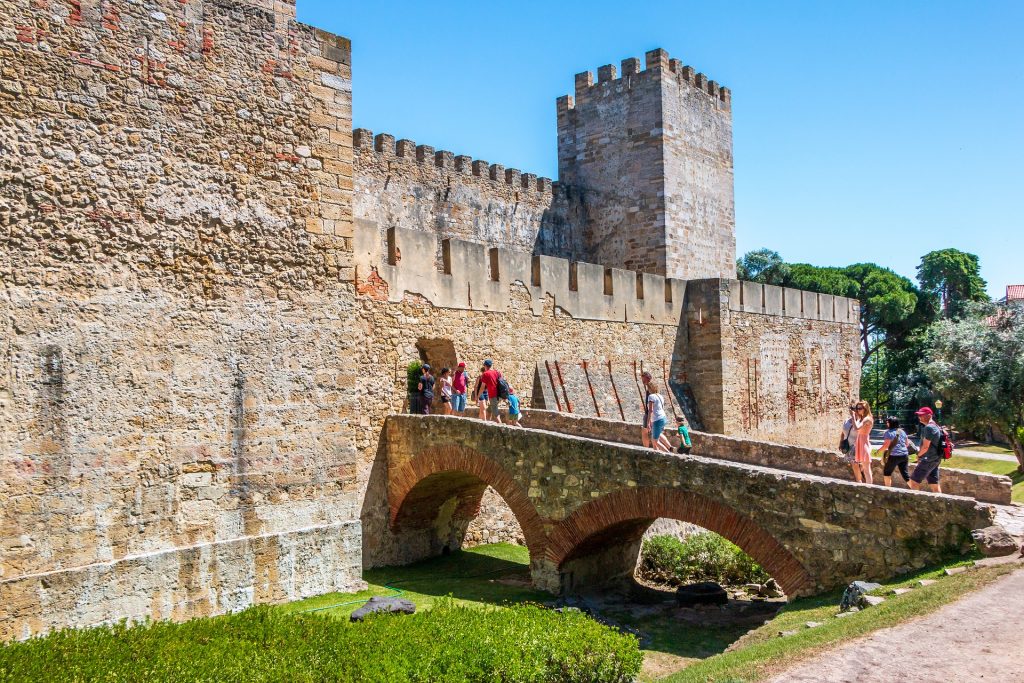
O castelo está localizado ao norte de Lisboa, sobranceiro à cidade e ao Rio Tejo.Além disso, sua estrutura mais antiga remonta à época árabe, com construções posteriores do século XII, e está classificada como Monumento Nacional desde 1910.
5. Panteão Nacional
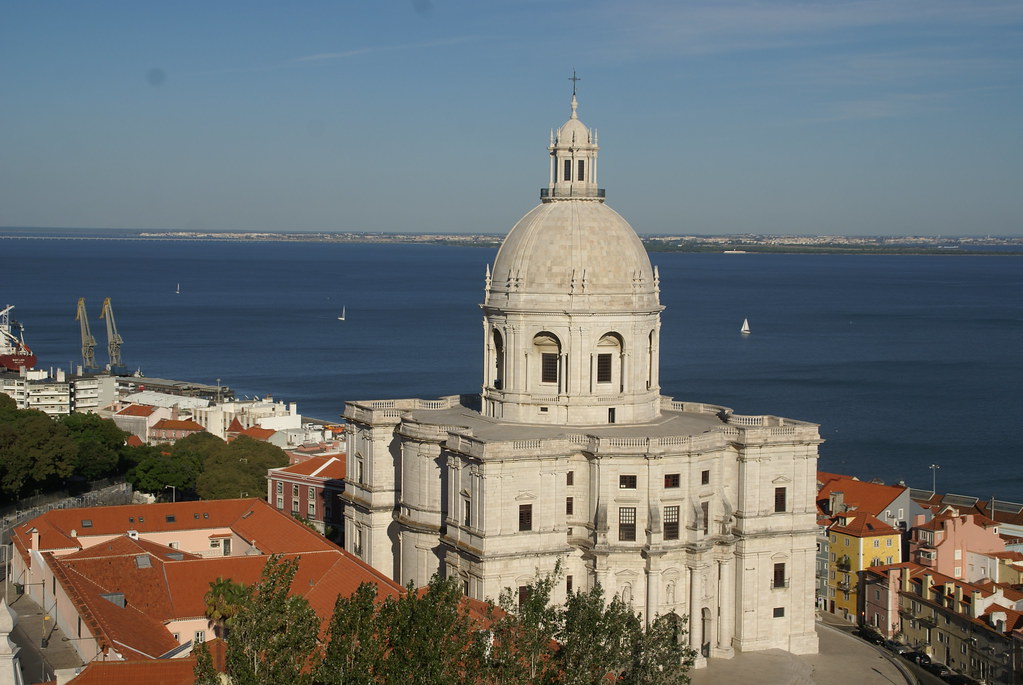
O Panteão Nacional foi construído para homenagear os heróis do país, vivos e mortos. No entanto, o local também serviu de descanso final de algumas das figuras mais importantes de Portugal, como Luís de Camões, o poeta nacional; Vasco da Gama, um dos primeiros europeus a chegar à Índia por via marítima.
Onde se hospedar em Lisboa?
Lisboa é um dos destinos turísticos mais populares da Europa. Portanto a capital portuguesa oferece muita cultura e arquitetura para explorar, além de ser também um lugar seguro para visitar, com baixas taxas de criminalidade e um custo de vida acessível. Lisboa tem uma bela costa com muitas praias que valem a pena explorar também! Lisboa é uma cidade incrível com uma bela arquitetura e história. É um ótimo destino turístico com muitas coisas para fazer, mas também é um ótimo lugar para se viver. Lisboa tem opções incríveis de comida e bebida, belas praias e clima fantástico durante todo o ano – tornando-se o lugar perfeito para ficar!
Bairro Alto
O Bairro Alto já foi uma zona residencial de classe alta para famílias ricas que queriam viver perto do centro de Lisboa. Desde então, tornou-se um destino turístico popular. anfitrião de muitos bares, restaurantes e hotéis. A região tem uma história rica e os moradores são muito amigáveis. Existem diferentes tipos de acomodação disponíveis na região, dependendo do tipo de viajante que você é. É o centro da vida noturna e da cultura boêmia da cidade desde o final de 1800. O distrito é famoso por suas ruas estreitas e sinuosas e praças pitorescas.
No século XVI, o Bairro Alto era uma pequena aldeia no topo de uma das sete colinas de Lisboa. Uma de suas principais atrações era a igreja de Nossa Senhora do Monte. Com o tempo, a área se tornou uma zona residencial para pessoas abastadas, pois as mesmas queriam viver perto do Palácio Real de Lisboa.
Chiado
O bairro do Chiado é o centro histórico de Lisboa. É onde você encontrará os prédios antigos, igrejas e cafés. O bairro abriga muitos prédios históricos, como o Convento do Carmo, que remonta ao século XVI. É um destino turístico popular em Lisboa porque tem muita história e cultura. O bairro do Chiado é também um dos melhores locais de Lisboa para ficar para os turistas porque está perto de todas as principais atrações e tem muitos cafés e restaurantes para comer fora. A melhor maneira de explorar o Bairro Chiado é a pé ou de bicicleta, pois é uma zona pedonal com ruas estreitas e pequenas praças.
O Museu do Bairro Chiado é um excelente local para conhecer a história da cidade. O museu tem três andares com uma variedade de exposições que mostram como a cidade evoluiu ao longo do tempo e como se tornou o que é hoje.
Baixa/Rossio
A área era originalmente um porto, mas com o tempo tornou-se o centro de comércio, entretenimento e turismo da cidade. O Bairro Baixa/Rossio alberga muitos museus, teatros, lojas e restaurantes. No entanto, o bairro também possui edifícios residenciais que foram construídos no século XIX por um arquiteto chamado Carlos Amarante.
Uma de suas atrações é a Praça do Rossio, que se trata de uma das praças mais famosas de Portugal. Portanto, a praça foi reformada várias vezes ao longo de sua história, com a última reforma em 2000, quando foi transformada em calçadão.
Avenida da Liberdade
A Avenida da Liberdade é uma das ruas mais famosas de Lisboa, além disso, é uma rua bonita e conhecida por oferecer uma grande variedade de oportunidades de compras e belas vistas. Contudo o local também se tornou um destino popular, pois tem muitos hotéis, restaurantes e lojas para os turistas desfrutarem.
A Avenida da Liberdade é uma longa avenida que tem sido o centro de comércio de Lisboa durante séculos. É o coração da cidade desde que foi construído por D. João VI em 1820 para ligar o seu palácio à baixa de Lisboa. No entanto, o nome foi alterado para Avenida da Liberdade para comemorar a restauração de Portugal da sua independência de Espanha após as Guerras Liberais (1820-1834).
Belém
O bairro de Belém é um lugar perfeito para os turistas explorarem, uma vez que se trata de um local rico em história com diversos museus, e é o lugar perfeito para ficar se você quiser experimentar a vida local. Conhecido pela sua história e monumentos, por exemplo, a Torre de Belém que foi construída no reinado de Dom Manuel I em 1345 como torre de defesa. Há muitos monumentos para visitar aqui também, como o Mosteiro dos Jerónimos, que foi iniciado pelo rei Manuel I em 1498.
Lisboa é uma cidade vibrante com muita história. Tem muitas atrações para oferecer e é também uma das cidades mais acessíveis da Europa.